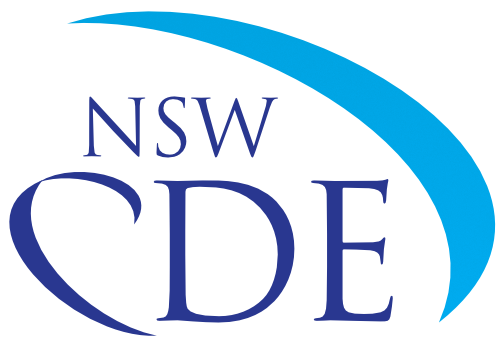The motivations for enlisting
CONTEXT
- The teacher education student is in the third year of a Bachelor of Education degree.
- The teacher education student is completing his first teaching placement.
- This school is a medium sized comprehensive and academically selective secondary school in a suburban region.
- This Year 9 History lesson focuses on Australia’s entry into the first World War.
- The students have just been working in groups to analyse one of six sources about motivations for enlisting in the war effort.
Demonstrate a range of verbal and non-verbal communication strategies to support student engagement.
EVIDENCE ANNOTATION
The teacher education student demonstrates 3.5.1 ‘Graduate achieved’ through:
- Acknowledging and logically developing students’ answers with further anecdotes and encouragement.
- Using questioning techniques to encourage students to think more deeply and critically. For example, “Why don’t you like that idea?” and “What might that say about everyone’s beliefs at the time?”
- Using his voice effectively as well as using non-verbal communication such as hand gestures, eye contact, open body language and moving around at the front of the classroom to promote inclusivity.
- Clarifying the meaning of “six-bob-a-day tourists” to enhance students’ understanding of vocabulary.
This example also demonstrates evidence of 2.1.1 at the ‘Graduate achieved’ level. The teacher education student has a high level of knowledge about World War 1 history and effectively links students’ contributions to further information about the topic.
G: The goal for this teacher education student is 3.5.1.
R: The teacher education student has satisfied 3.5.1 at graduate level.
O: What specific mentoring strategies could you employ with this teacher education student to help him move towards ‘Graduate exceeds’ for 3.5.1?
W: What is the next step you would negotiate as a goal for this teacher education student? What will you do as a Mentor to help him achieve this goal?
G: To use effective verbal and non-verbal communication strategies and to move up on the 3.5.1 graduate continuum.
R: Which level of the graduate continuum are you currently at for 3.5.1? Refer to recent feedback you have received from an observation.
O: What specific actions could you take to improve your verbal and non-verbal communication strategies?
- Could you adopt any of the strategies used by the teacher education student in this video?
- Could you use a greater range of questioning techniques?
- Could you more effectively acknowledge and develop students’ responses in an inclusive manner?
- Could you use your voice more effectively with respect to tone, pitch, strength, speed or confidence?
- Could you use non-verbal forms of communication more effectively, such as teacher presence, pausing, circulating, eye contact and gestures?
W: What is your next step in improving your verbal and non-verbal communication strategies? Try to formulate a specific goal.
